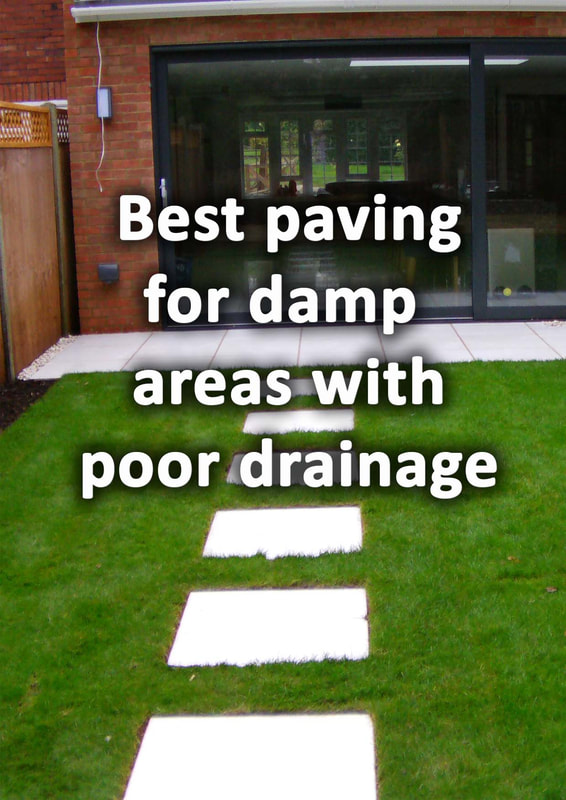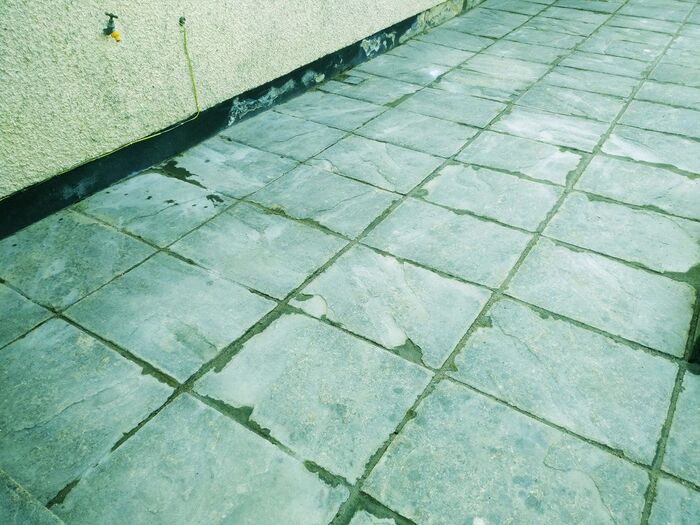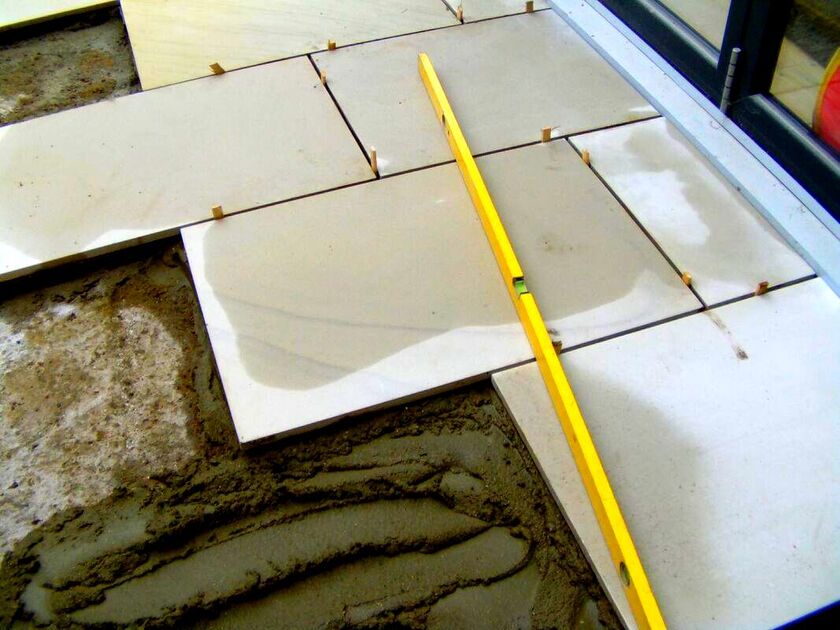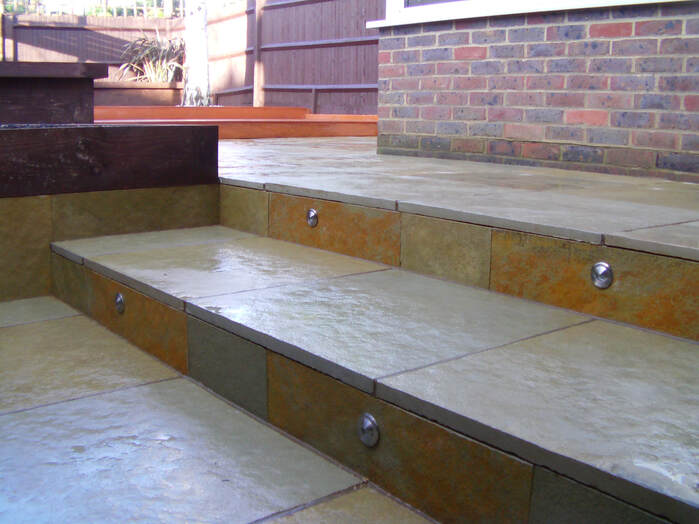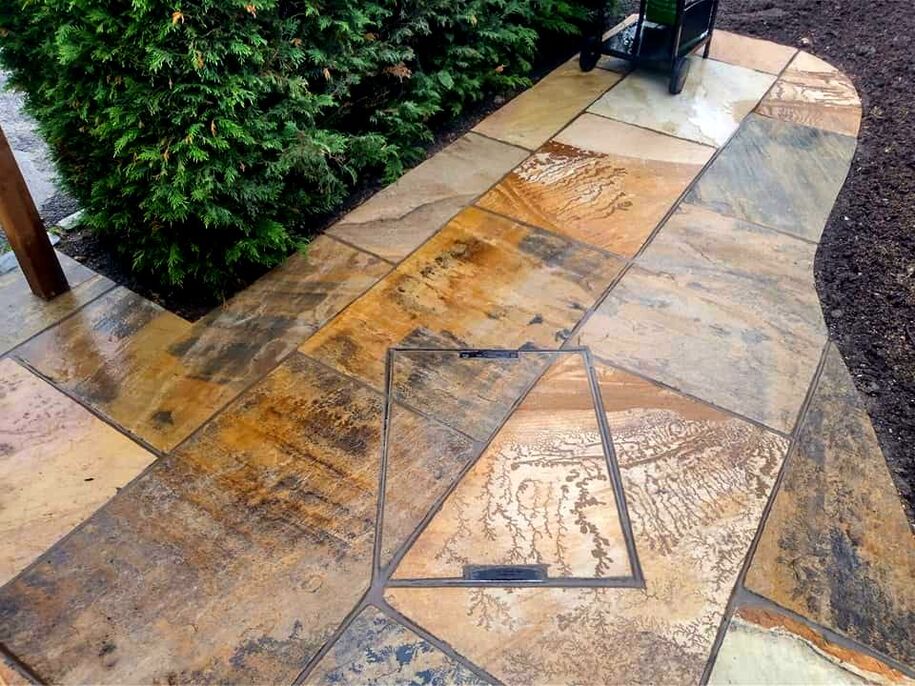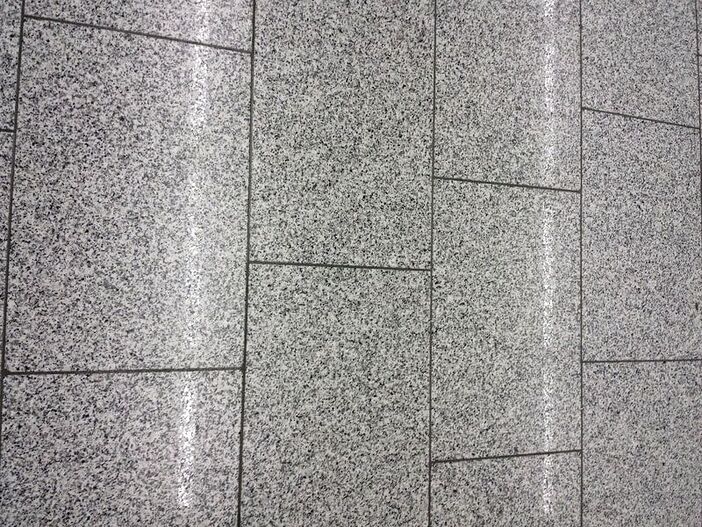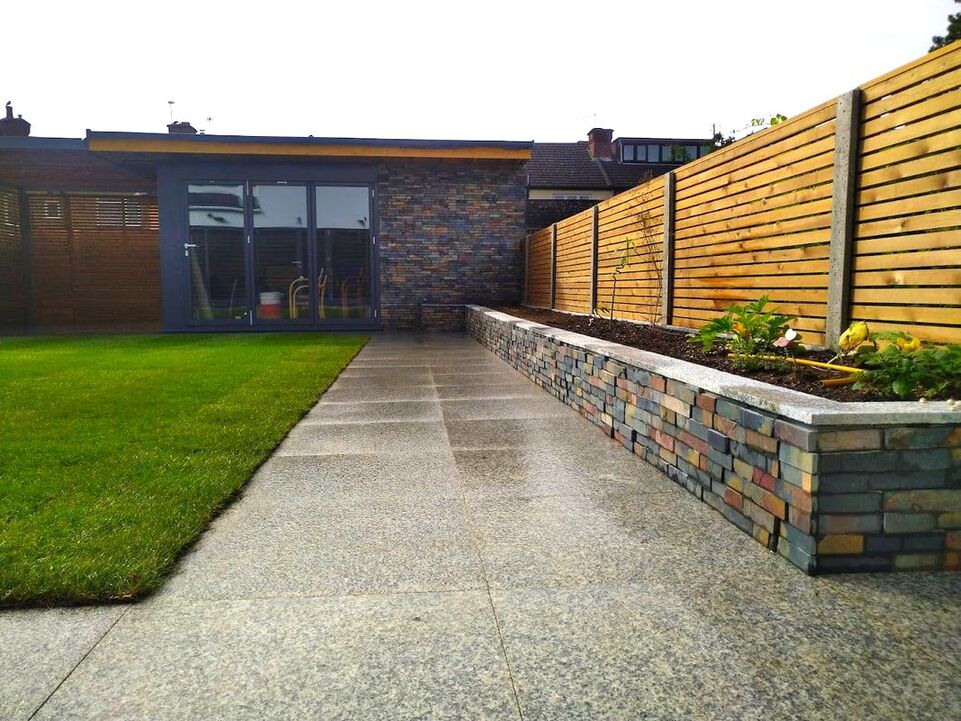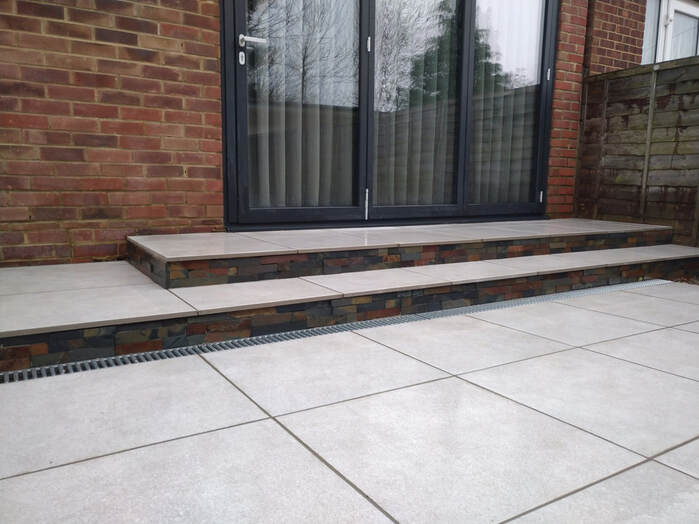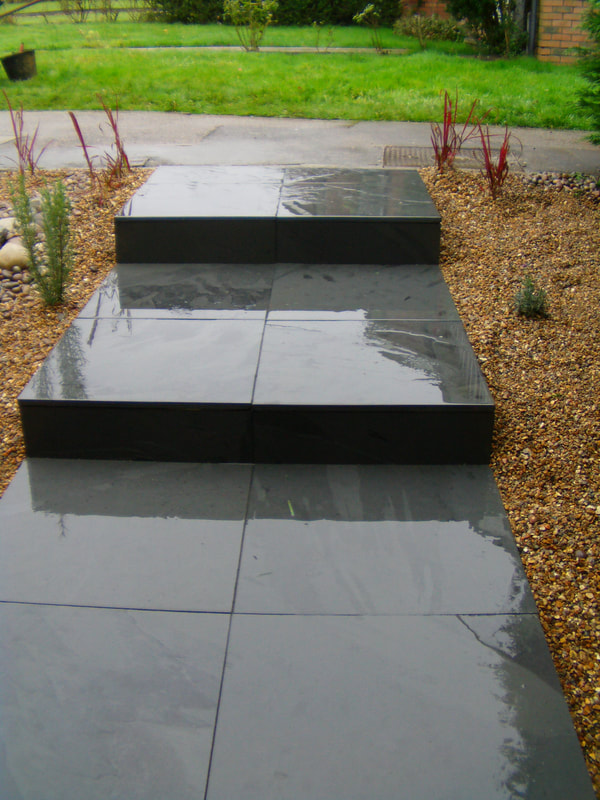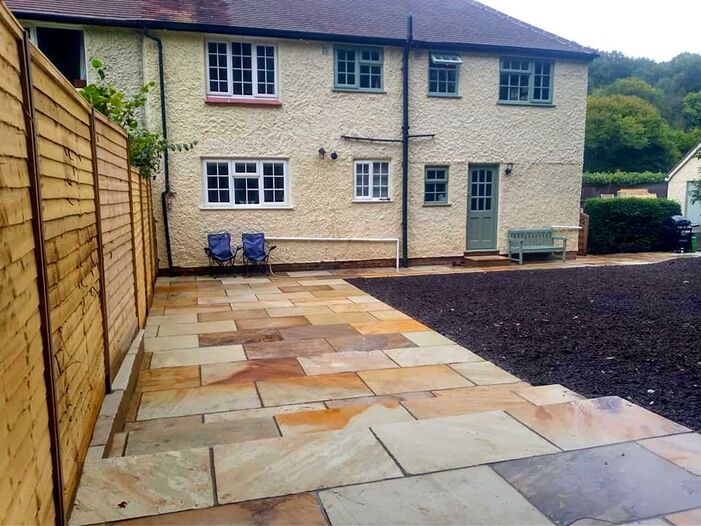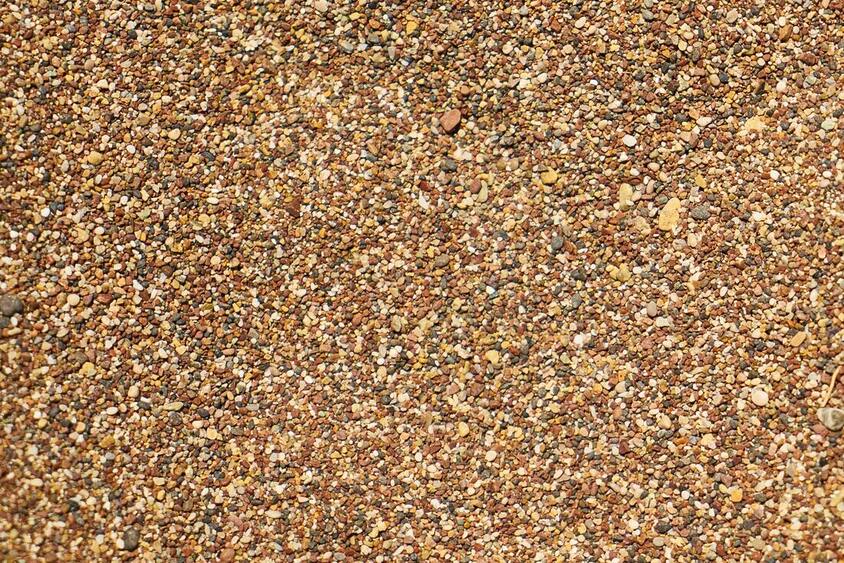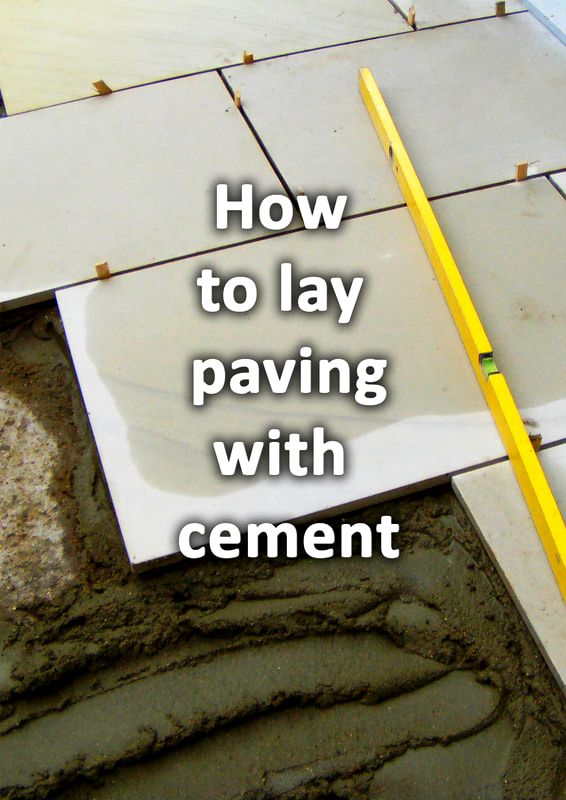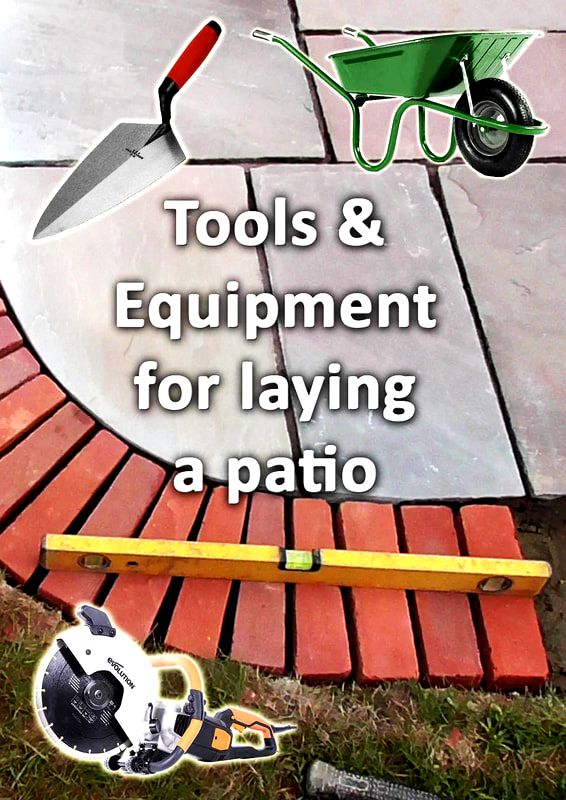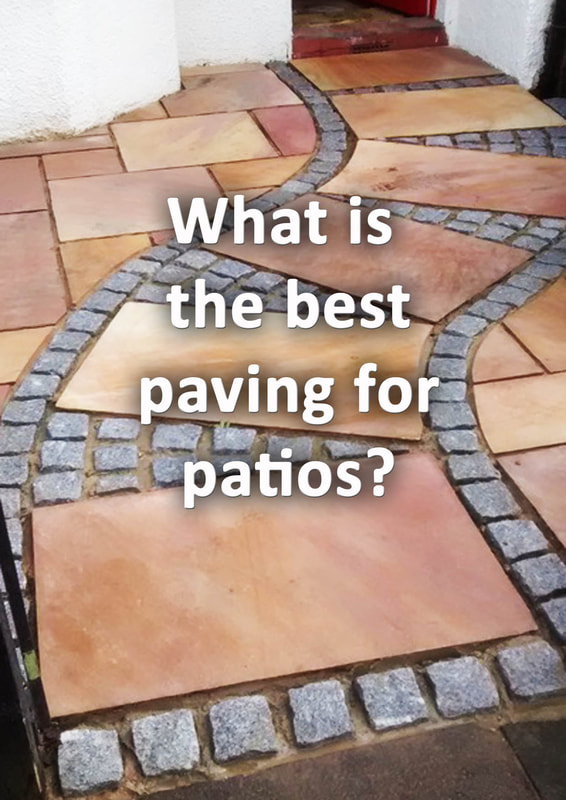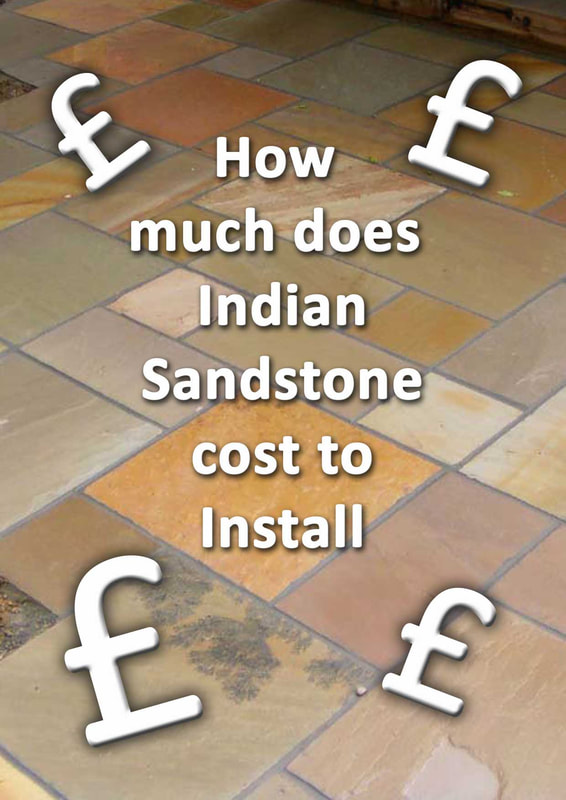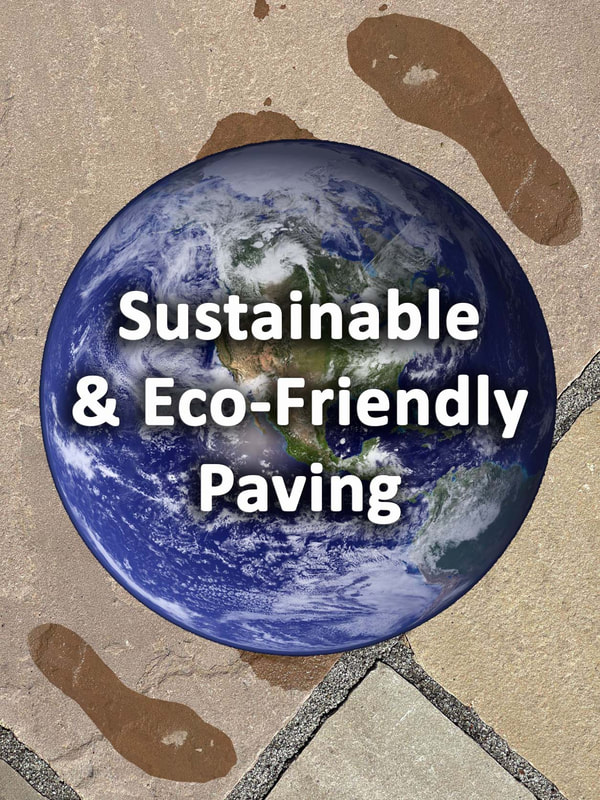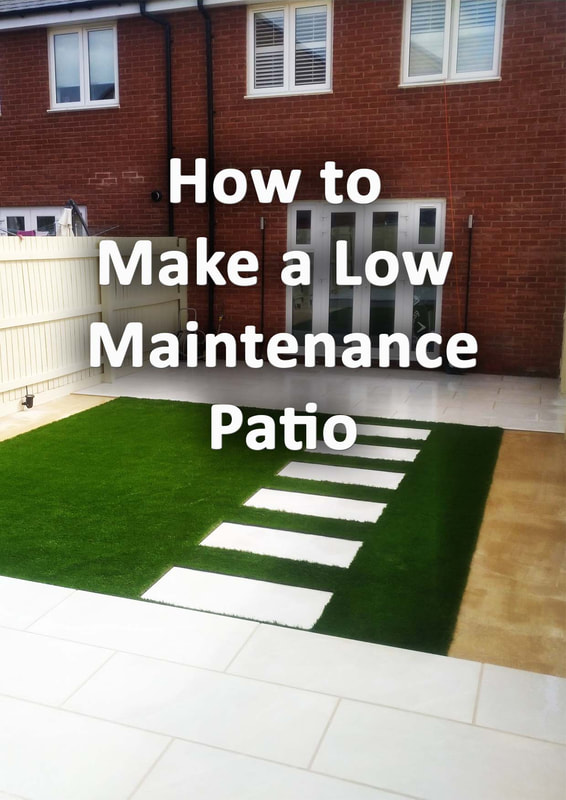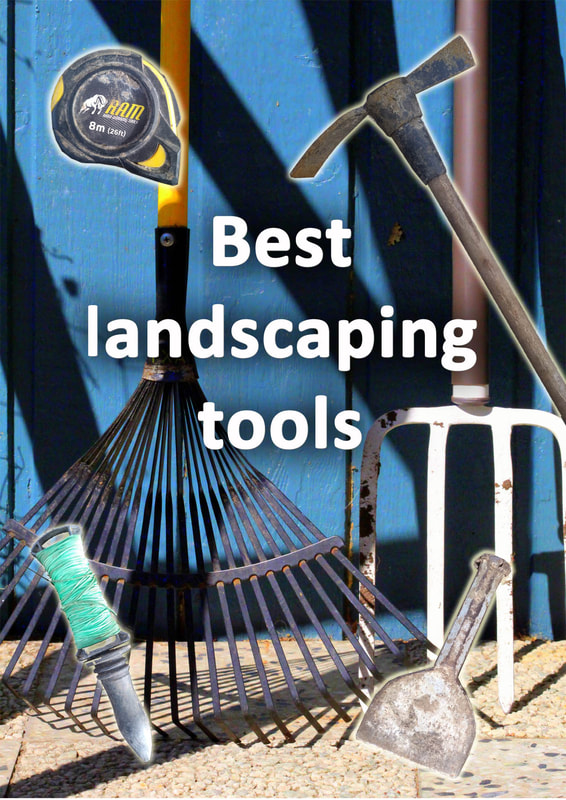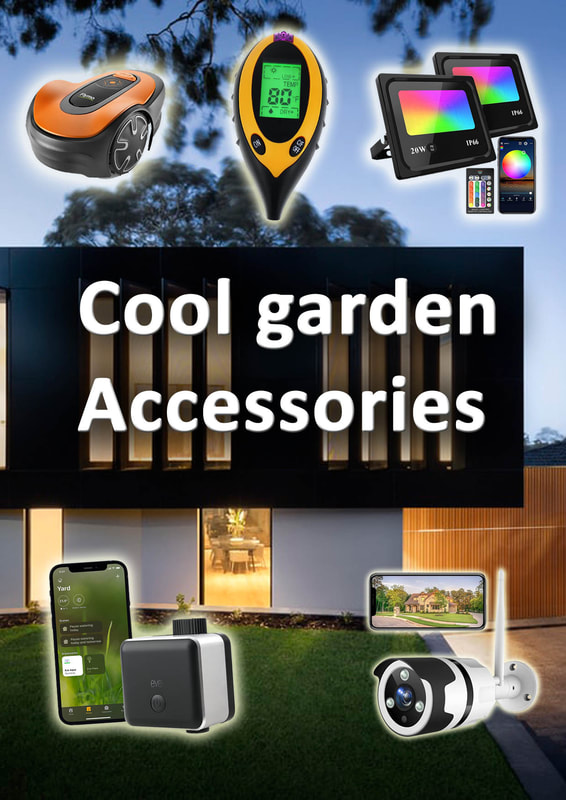|
This article contains affiliate links
Paving can provide the perfect outside surface for a whole range of activities and past times. The key to creating successful paved surfaces is making sure they are built in a durable and robust manner.
This really comes down to making sure your paving has the correct base and is laid correctly. However, there are some elements to laying paving you do not have complete control over. The most important of these is your ground! If you have particularly boggy ground it is possible your surface could be subject to movement. Damp conditions can also lead to paving degradation and discolouration over time. Here I will discuss some suggestions for paving on boggy soil and the best paving for damp areas. How can poor drainage affect paving?Movement
Soil particles have a naturally ability to absorb moisture in times of heavy rain. The problem with seasonal, soil, saturation and drying is it can cause ground contraction. This natural phenomena can be further exacerbated by soil type and nearby development. In ground consisting of heavy clay based sub-soil, movement can substantial. Clay soil can shrink and crack in summer and swell during the winter months. This can cause paving to buckle and crack over time. SinkingThis is becoming an increasing common problem with towns and urban areas. New construction rules do not allow new developments to plumb surface run off into drainage networks. This results in more saturated gardens and a higher, seasonal, water table. Such levels of ground saturation lubricate soil particles and over time causes sinking and movement. This can be detrimental to the integrity of structures such as boundaries and surfaces such as patios. Freeze & thaw
Boggy ground conditions over time can degrade your paving throughfreeze and thaw action. This is where paving absorbs water and becomes saturated during winter. When temperatures dip below zero this moisture freezes and expands leading to blown and crumbly surfaces. Algae
Paving which has become completely saturated can become a breeding ground for algae. These microscopic plants can create a dark and unattractive discolouration to paving slabs. Algae can also form thin, organic, slurry, to the surface of the paving. This can make the paving slippery and potentially dangerous. It is very important you use impervious and dense stone for paving in damp conditions. It is also beneficial to choose a paving with a non slip or textured finish. This is especially so if the damp area of paving does not receive enough sunlight during the year. Paving over boggy soil
If you have to pave over boggy ground you should install a drainage system. This does not have to be technical and can consist of drainage channels and a soakaway system. The reason most ground becomes boggy is the water is simply trapped. All you need to do is make your topsoil more free draining and give the water somewhere to go. Below I will link to three articles which will explain how to drain your garden successfully. If you are worried about paving on boggy ground, lay paving higher than the surrounding ground level This will keep your paving drier throughout the season. How to drain your garden & solve garden drainage problems How to improve drainage on clay soil Patio drainage system solutions for hard surfaces
You may also want to over exaggerate your paving’s base and mortar layer. This will make the surface much more robust and resistant to movement.
Consider mixing waterproofing agents into your mortar layer to prevent rising moisture. In extreme cases you could even lay a reinforced, waterproof, concrete plinth as a base. This could incorporate a damp proof membrane to prevent water penetration. Such solutions will cost more and be more labour intensive but will provide piece of mind. What paving is not slippery?
If you are concerned about slippery paving you should focus more upon your paving’s material than feel. If a paving material is very absorbent there is a good chance it will become slippery over time. This is because microscopic plants such as algae will colonise the surface making it slippery. In such a case it would be better to use a dense material with minimal permeability. These combined with an effective drainage strategy would be a better non-slip choice.
This is even if the paving you use looks potentially more slippery. I think the best non-slip paving is textured granite, non slip porcelain, textured slate, and riven sandstone sealed with an anti-slip sealant.
There are also many concrete pavers on the market with a non-slip textured finish. Some of these include Saxon Buff and Granite aggregate concrete pavers. However, it is important to recognise that over time these pavers will become more porous.
As acid within rain degrades the top surface eventually colours can fade and algae can become established.
It is worth mentioning that resin bound aggregate is also a very good anti slip surface. However you must make sure your base work is robust as any movement can cause cracking. What is the best paving for damp areas?Below I have listed some of the paving I would recommend for damp conditions. These all have their pros and cons for every individual garden project. If your damp problem is excess surface water the solution will be different from that of just boggy ground. Below I have listed the best paving for damp areas with an explanation for each. Textured stone aggregate paving
Textured granite aggregate paving has fantastic grip and a contemporary style. These pavers have a good visual texture similar to granite but are expensive. This paving however, is still concrete based and will absorb water. This means they have fantastic anti-slip qualities for surface water but may become too damp in seasonally boggy ground. This could lead to eventual algae growth and surface degradation. Granite
Granite is an effective, natural, stone, paving choice, for damp, boggy and shady areas. Its low water absorption and dense structure means it is resilient to weather action. The stones light colours make it brighten up dull, north facing, patios and has a clean, and contemporary look. The fine crystals which make up the stone provide a naturally textured and anti-slip surface. Non slip Porcelain
Contrary to common belief porcelain paving is not actually very slippery when wet. Porcelain paving is a manmade product which manufactured with an anti-slip texture. There are however a varying range of porcelain paving on the market, some have more grip than others! The best thing to do is request a sample paver before committing to a purchase. Porcelain paving is brightly coloured, textured and impervious making it a good choice for damp shady gardens. Riven slate
Many would be surprised to see slate put forward as an anti slip surface. However, riven slate has shallow ridges and angles which do enhance grip. Very much like porcelain slate has a low permeability meaning it does not absorb water. This means combined with good patio drainage it is ideal for damp areas. Riven dense sandstone which is sealed
Sandstones such as Indian sandstone are generally less suitable for damp areas. This is because they will absorb water, dust and encourage algae blooms. These can make the surface slippery when wet. However, if you choose a riven sandstone with a textured surface it can be a better choice. If the sandstone is then sealed with an anti-slip sealant it can be suitable for damp areas. Bear in mind this is best suited to areas which get good amounts of seasonal sunlight. Resin bound aggregate
Although resin bound aggregate is not paving it is worth a mention as an alternative. This surface can allow water to pass through reducing the risk of it becoming slippery. Resin bound also has a very grippy texture making it the ultimate anti-slip surface. This permeable surfacing solution is very effective at allowing water to freely escape. This can make it ideal for damp conditions as long as it has a robust base.
Thank you for reading our article on the best paving for damp areas. Below we have also included some other articles you may find useful.
'As an Amazon Associate I earn from qualifying purchases'
0 Comments
Leave a Reply. |
The Author
|
Landscaping services across Buckinghamshire, Amersham, Aylesbury & High Wycombe
Hyde Heath, Amersham, Buckinghamshire |
|
